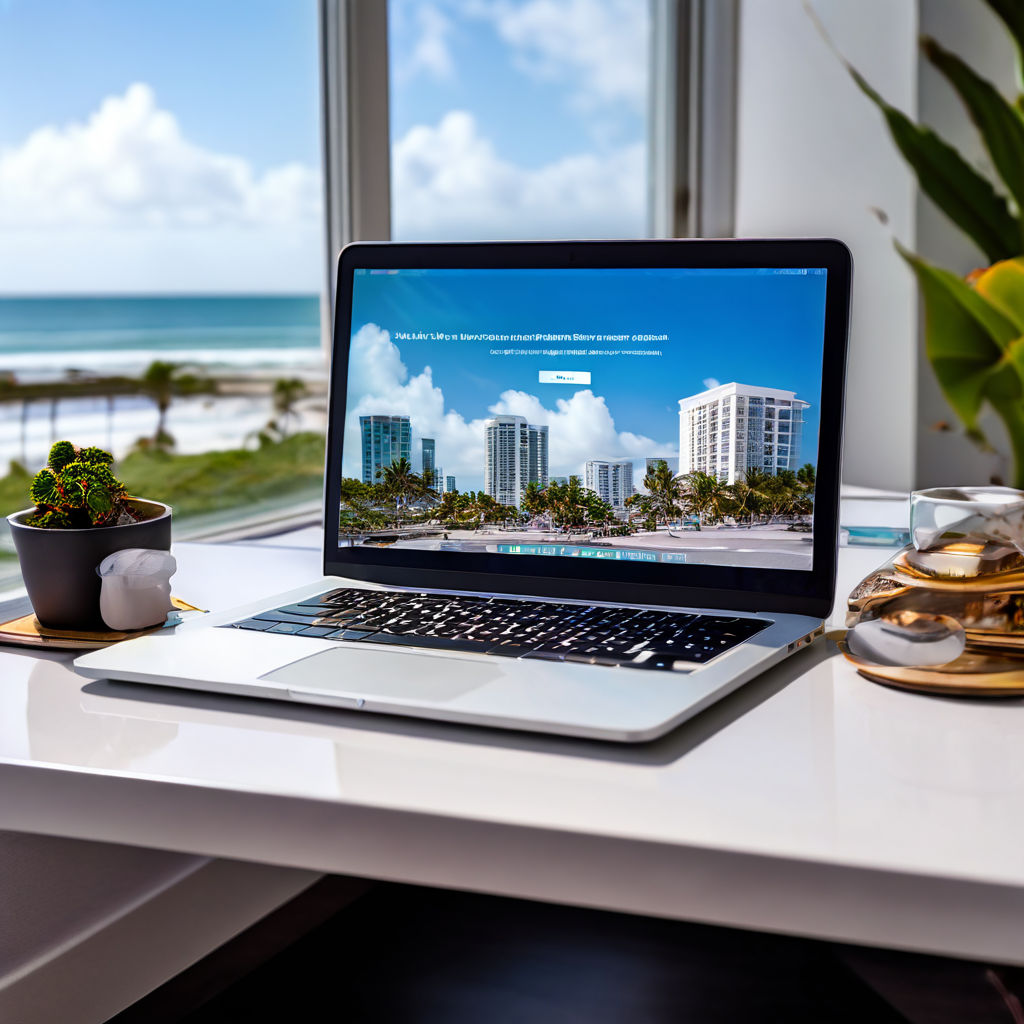Real Estate Website Software for Sale in Miami, FL for Just $76k
Are you looking for a real estate website software that can help you sell your properties faster and for more money? If so, then you’ve come to the right place. In this article, we’ll take a look at the top real estate website software options for sale in Miami, FL. We’ll also discuss the benefits of using real estate website software and how to choose the right software for your needs.
if you are are interested in buying a real estate software now contact me via email at webdesignplpm@gmail.com or via whatsapp @ https://wa.me/+584127831917
Benefits of Using Real Estate Website Software
There are many benefits to using real estate website software. Here are just a few of the advantages:
- Increased visibility: A well-designed real estate website can help you reach a wider audience of potential buyers. By optimizing your website for search engines, you can ensure that your listings appear at the top of the search results pages. This will give you a better chance of attracting potential buyers who are looking for properties in your area.
- Enhanced lead generation: A good real estate website can also help you generate leads. By providing potential buyers with information about your listings, you can encourage them to contact you with questions or to schedule a showing.
- Improved marketing: Real estate website software can also help you improve your marketing efforts. You can use the software to create and manage email campaigns, track your website traffic, and measure the results of your marketing campaigns. This information can help you fine-tune your marketing efforts and ensure that you’re reaching the right audience.
- Automated tasks: Real estate website software can also help you automate tasks, such as scheduling showings, sending out emails, and managing your listings. This can save you time and energy, so you can focus on more important tasks, such as selling properties.
Top Real Estate Website Software Options for Sale in Miami, FL
There are many different real estate website software options available on the market. However, not all of these options are created equal. Some are more comprehensive than others, and some offer more features than others.
How to Choose the Right Real Estate Website Software for Your Needs
When choosing a real estate website software, it’s important to consider your specific needs and budget. Here are a few factors to keep in mind:
- Your budget: How much are you willing to spend on real estate website software?
- Your needs: What features are important to you? Do you need a website builder, lead generation tools, marketing automation, or social media integration?
- Your experience level: Are you comfortable using technology? If not, you may want to choose a real estate website software that is easy to use.
Once you’ve considered these factors, you can start narrowing down your options. You can read reviews of different real estate website software options, or you can contact a real estate website software company to discuss your needs.
Real estate website software can be a valuable tool for real estate agents and brokers. By choosing the right software, you can increase your visibility, generate leads, and improve your marketing efforts. The top real estate website software options for sale in Miami, FL include Homesnap, Realtor.com, Trulia, and Zillow. When choosing a real estate website software, it’s important to consider

full stack wordpress developer – diseno web mexico – social network for moms – scarves for women


